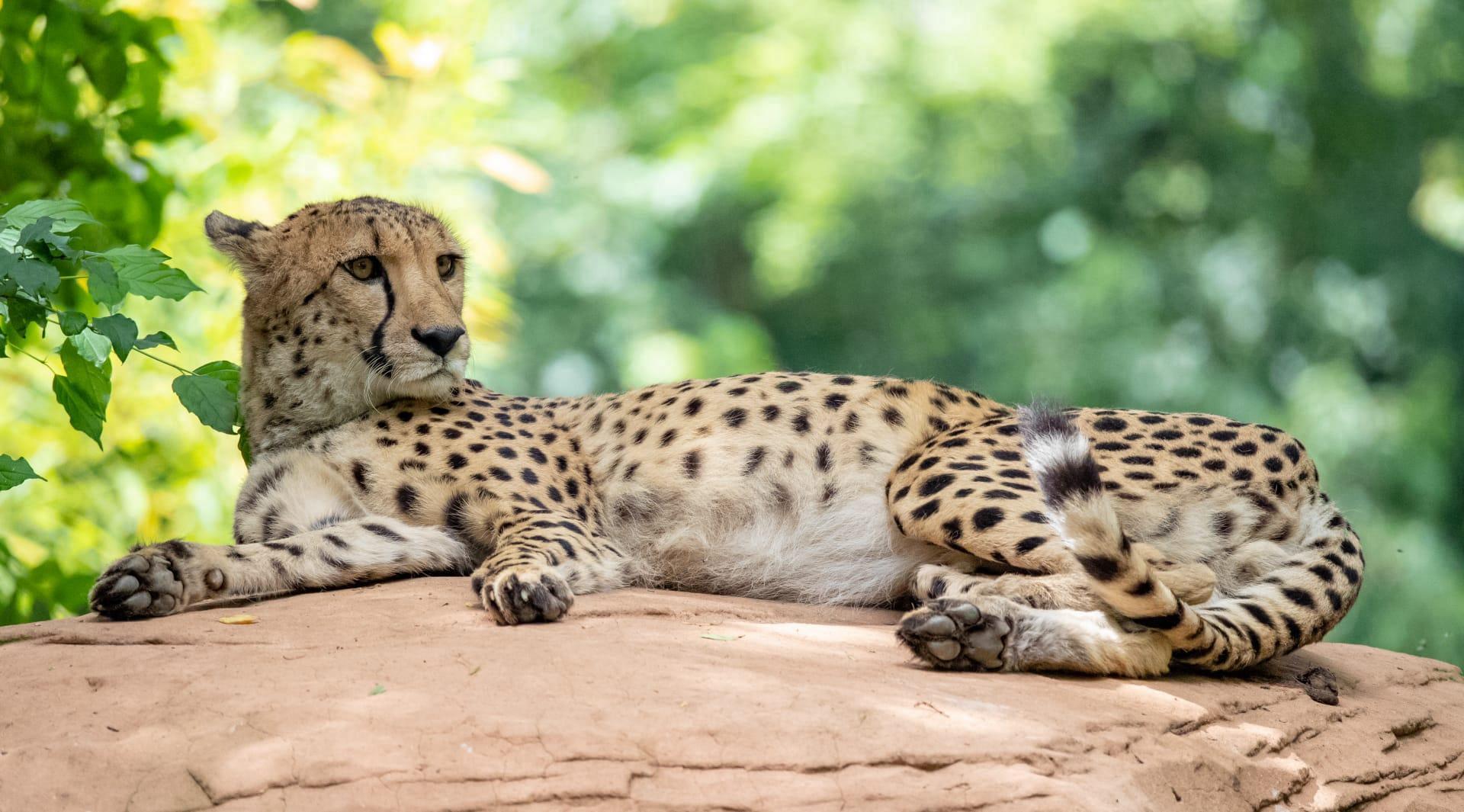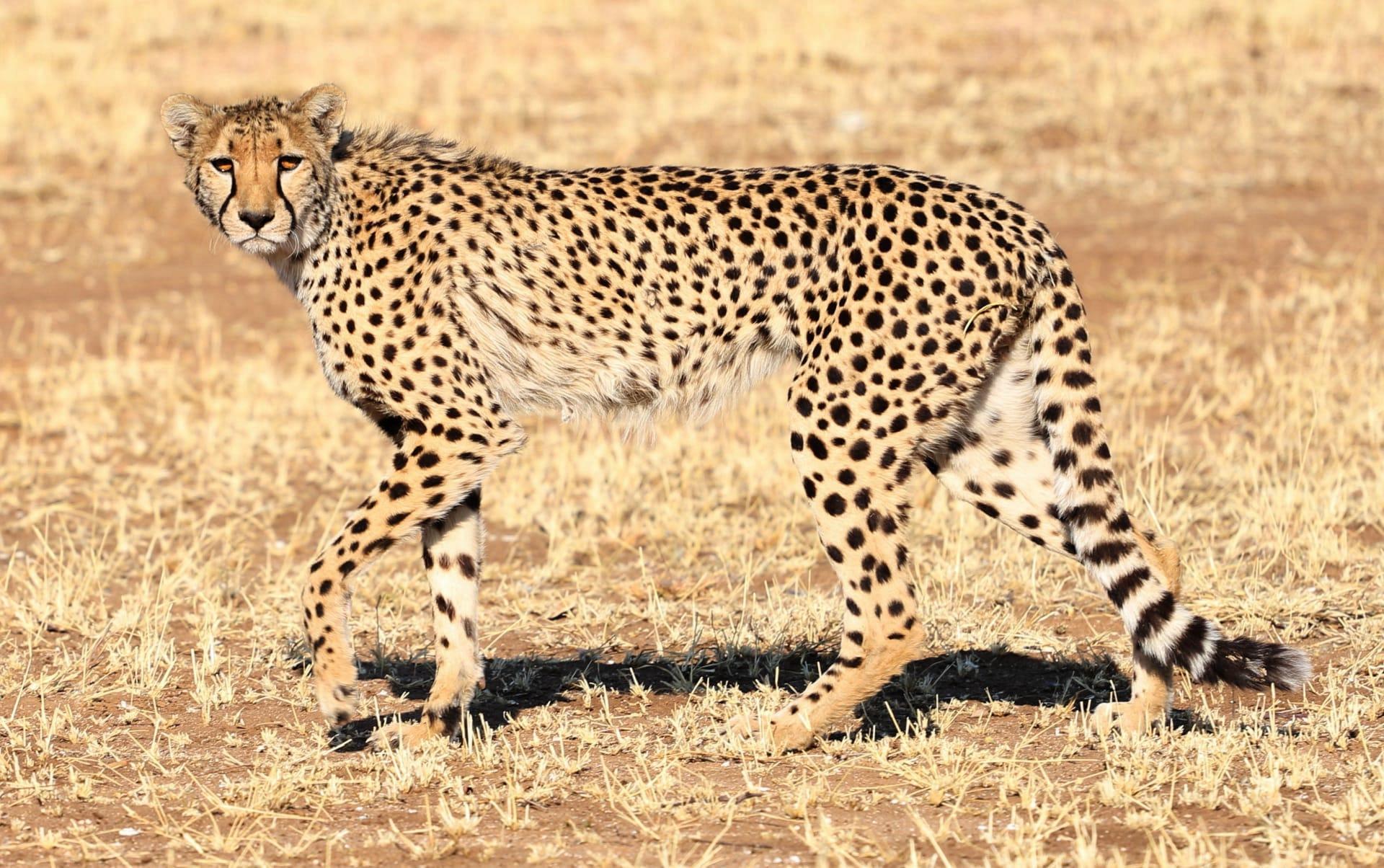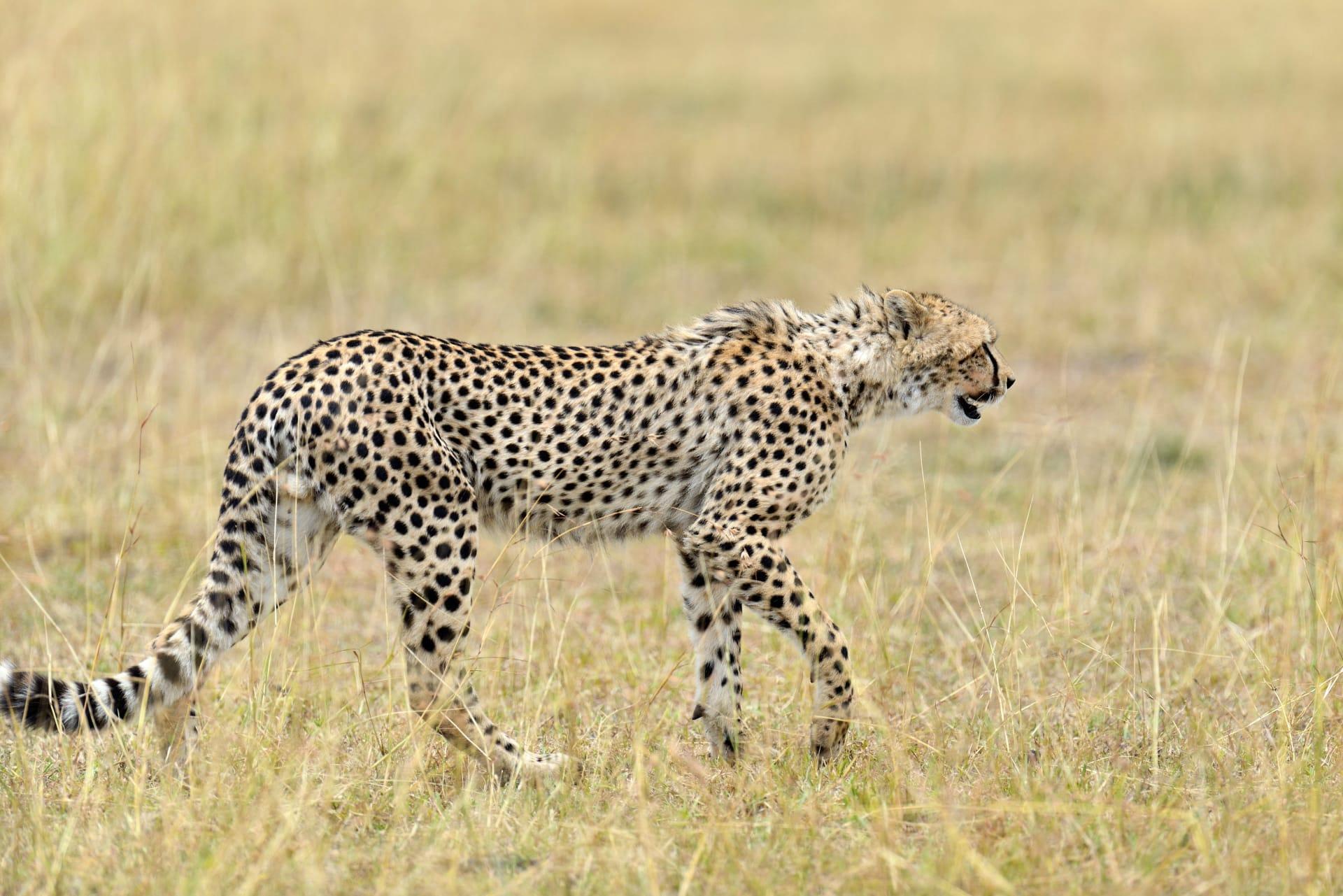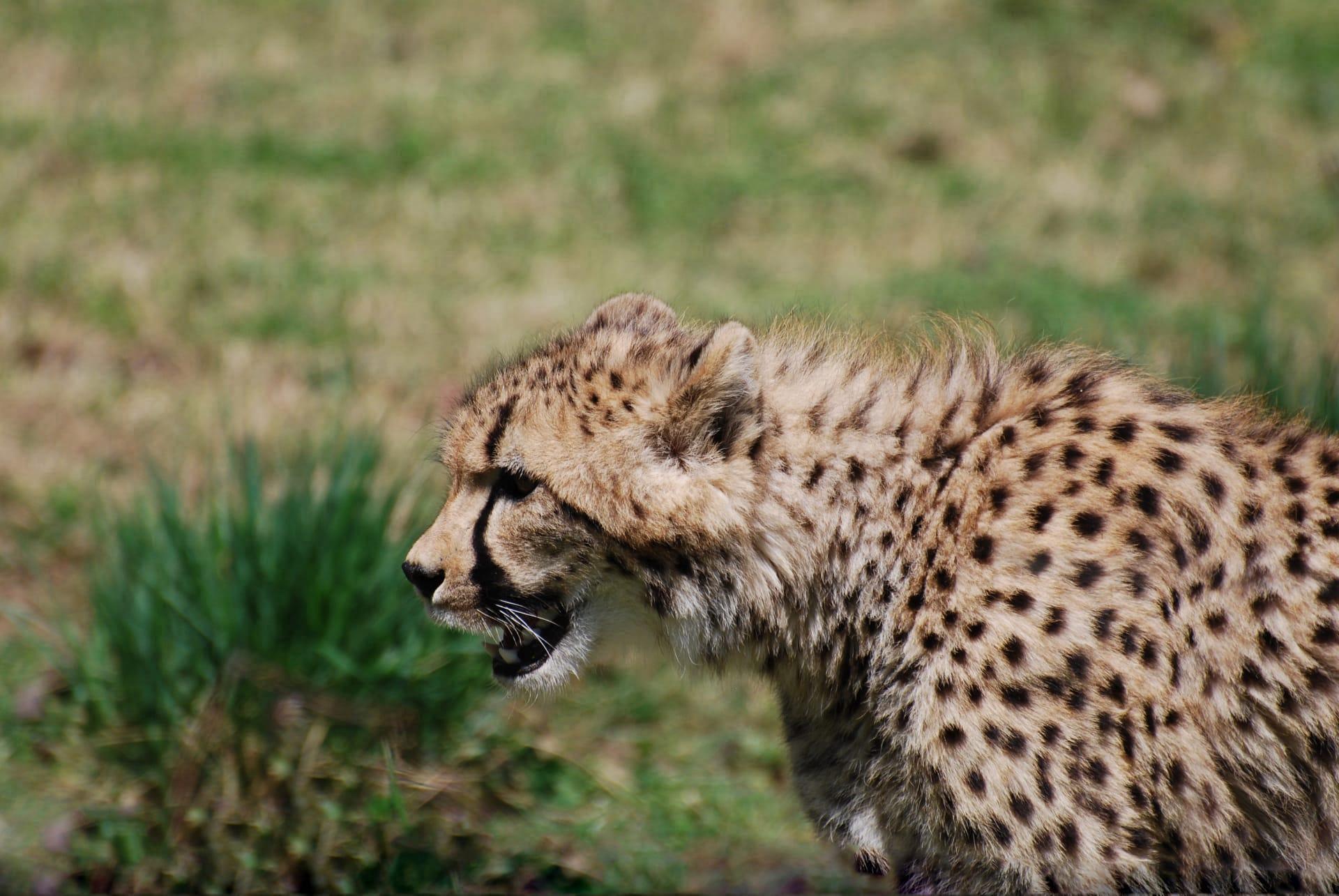Cheetah Trivia
- Home /
- Trivia Question /
- Animal /
- Cheetah Trivia
1
Question: How fast can a cheetah run, and how does this speed compare to other animals?
Answer: Cheetahs are renowned for their speed, reaching up to 60-70 miles per hour (97-113 km/h). This incredible velocity is unmatched in the animal kingdom, making them the fastest land animal. For perspective, the fastest human, Usain Bolt, reached a top speed of about 27.8 mph (44.7 km/h), which is less than half the cheetah's top speed. This speed is primarily due to their flexible spine, long legs, and semi-retractable claws providing better grip.
Question: What is the primary diet of a cheetah and how do they hunt?
Answer: Cheetahs are carnivores, primarily feeding on small to medium-sized ungulates like gazelles and impalas. Their hunting strategy is unique, relying on burst speed and stealth. They typically stalk their prey to within 60-70 meters before sprinting. Their acceleration is remarkable, going from 0 to 60 mph in just a few seconds. After a chase, they need to rest due to the intense physical exertion, making them vulnerable to other predators who might steal their catch.

2
Question: Is it true that cheetahs can't roar like other big cats?
Answer: Yes, that's correct. Unlike lions, tigers, and other big cats, cheetahs can't roar. They have a different larynx and hyoid apparatus structure, which results in them producing purring sounds like domestic cats when content. They also make a variety of other vocalizations, such as chirps, growls, and hisses, for communication.
Question: Do cheetahs live in large groups?
Answer: Contrary to popular belief, cheetahs are not pack animals. They are solitary creatures, especially adult males, except during mating season or when a mother is raising her cubs. Sometimes, male siblings from the same litter may form a small group called a "coalition," which helps them defend territories and increase their chances of finding a mate.

3
Question: How long can a cheetah maintain its top speed during a chase?
Answer: Despite their incredible top speed, cheetahs can only maintain it for short bursts, typically around 20 to 30 seconds. This is due to the immense energy required and the risk of overheating. They cover about 1,500 feet (457 meters) in this short duration, which is usually enough to catch their prey if the initial stealth approach was successful.
Question: Are cheetahs good climbers?
Answer: Unlike leopards, cheetahs are not adept climbers. Their body structure, optimized for speed, is not suited for climbing. They have a lightweight frame and long limbs that are great for running but not for scaling trees. They are occasionally seen on low branches but usually avoid climbing.

4
Question: How do cheetah cubs camouflage themselves in the wild?
Answer: Cheetah cubs have a unique form of camouflage: their fur is dark and has a fluffy coat called a "mantle" that runs down their back. This mantle makes them resemble a honey badger, which is a small but fierce animal most predators avoid. This mimicry helps protect the cubs from potential threats.
Question: Can cheetahs swim?
Answer: While cheetahs can swim if necessary, they are not naturally inclined to water like some other big cats. Their encounters with water are typically minimal and they will avoid large bodies of water. They are capable swimmers but prefer to stay on land where their speed is their greatest advantage.

5
Question: What is the lifespan of a cheetah in the wild versus in captivity?
Answer: In the wild, cheetahs have a lifespan of around 8 to 10 years, facing threats from predators, disease, and habitat loss. In captivity, where they are safe from these dangers and receive regular veterinary care, their lifespan can extend to 12-15 years.
Question: How far can a cheetah's purr be heard?
Answer: A cheetah's purr is quite a subtle sound, especially when compared to the roars of other big cats. It can be heard up to about 1.6 kilometers away in perfect conditions, but typically it's more of a close-range communication signal, used to express contentment or comfort, especially between a mother and her cubs.